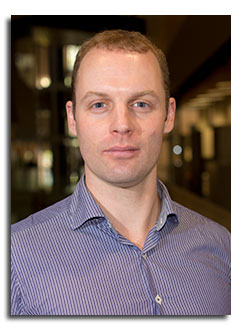
Abstract
The future energy mix will likely require sustainable electricity, ideally from solar cells with low embodied energy, and renewable chemical fuels. Ideally the carbon dioxide content of the atmosphere also needs to be reduced, without compromising energy generation. Technology needs to be developed to meet these demands. This eclectic talk describes some work done along these lines over the past few years.
To address high efficiency photovoltaic cells with low embodied energy, solution processable materials have been explored. In this case, the materials are mainly colloidal nanoparticles having tunable bandgaps resulting from quantum size effects and fabricated into thin films by spin coating. An update on the current status of the colloidal work at UNSW will be given.
Additionally, work done on novel surface functionalized TiO2 nanoparticles with bandgap narrowing effects will be presented. The incorporation of a particularly strongly bound organic molecule on the surface of these nanoparticles reduces the bandgap from over 3 eV to anywhere between 1.8 and 1.3 eV depending on the degree of surface coverage and adsorption. Some experimental measurements of these materials will be presented and potential applications of these materials particularly to photoelectrochemical cells (PECs) for solar hydrogen are discussed.
The talk will then turn briefly to bioenergy. A description of a bioenergy system capable of sequestering carbon at the same time that energy is liberated in the form of biogas with a high methane content will be described. Experimental work at the systems level and some recent results in this area will be presented. Bioenergy approaches may help to satisfy the requirement for renewable fuels.
Finally the talk will come full circle and some very recent results on novel antimony sulfohalide materials for solar cell applications will be presented. These materials are known to have high dielectric constants and are accessible by solution processing methods, making them of potential interest for solution processable solar cells.
Click here to see all available video seminars.
Click here to go to the SPREE HOMEPAGE.
Brief Bio
Rob Patterson completed a BSc in Engineering Physics at Queen's University, Canada in 2001. After finishing an MSc in physics at the University of Alberta, Canada in 2005, he spent 2 years at the University of British Columbia, Canada in the PhD program before deciding to transition to renewable energy research. He came to UNSW and joined the hot carrier solar cell group under Gavin Conibeer, graduating in 2012 with a PhD. He spent the next 3 years as an ARENA postdoctoral fellow developing a number of approaches to renewable energy involving solution processable nanomaterials and bioenergy. He currently continues to work at UNSW as a research fellow.
